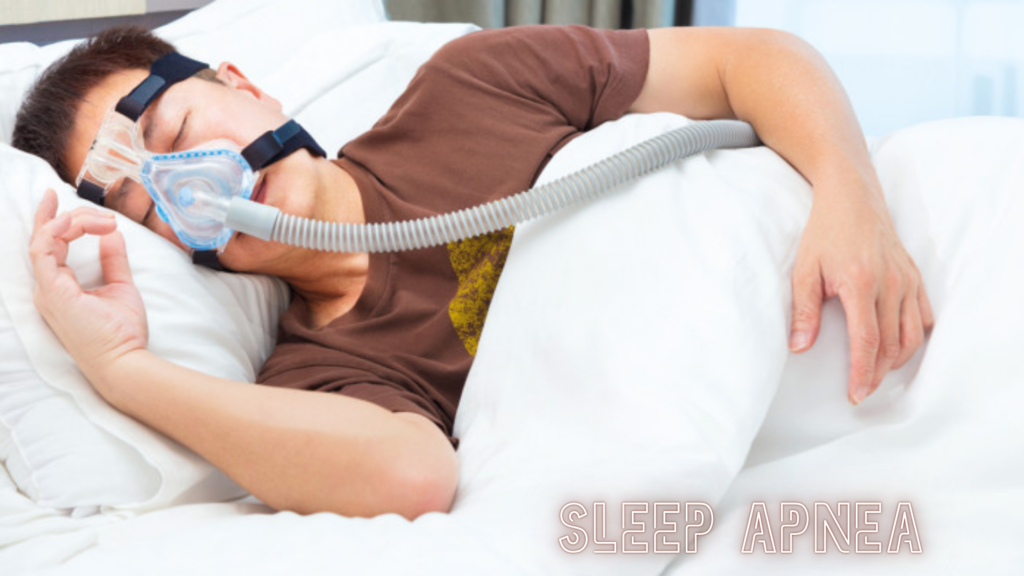😴 Sleep Apnea – Overview
Sleep apnea is a disorder where breathing repeatedly starts and stops during sleep, leading to poor sleep quality and low oxygen levels.
🛌 Types of Sleep Apnea
| Type | Description |
|---|---|
| Obstructive Sleep Apnea (OSA) | Most common type; caused by blockage of the airway due to relaxed throat muscles |
| Central Sleep Apnea (CSA) | Breathing stops because the brain doesn’t send proper signals to the muscles controlling breathing |
| Complex (Mixed) Sleep Apnea | Combination of obstructive and central types |
📋 Symptoms
- Loud, chronic snoring
- Pauses in breathing during sleep (noticed by others)
- Excessive daytime sleepiness or fatigue
- Morning headaches
- Difficulty concentrating or memory problems
- Irritability or mood changes
- Frequent nighttime urination
- Dry mouth or sore throat on waking
⚙️ Risk Factors
- Excess weight/obesity
- Large neck circumference
- Male gender
- Age (middle-aged and older adults)
- Family history
- Alcohol or sedative use
- Smoking
- Nasal congestion
🩺 Diagnosis
- Polysomnography (sleep study): Overnight monitoring of breathing, oxygen levels, brain waves, and heart rate
- Home sleep apnea testing: For some patients, simplified monitoring at home
💊 Treatment
- Lifestyle changes: Weight loss, avoid alcohol and sedatives, sleep position adjustments
- Continuous Positive Airway Pressure (CPAP): Machine that delivers air pressure through a mask to keep airway open
- Oral appliances: Dental devices to reposition the jaw or tongue
- Surgery: In select cases to remove or reduce airway obstruction
- Treat underlying conditions: Allergies, nasal congestion
⚠️ Complications if Untreated
- High blood pressure (hypertension)
- Heart disease and stroke
- Diabetes
- Daytime fatigue leading to accidents
- Poor quality of life
